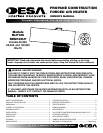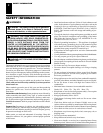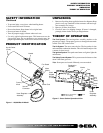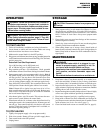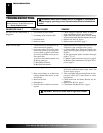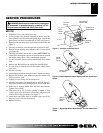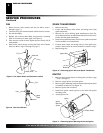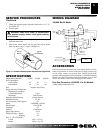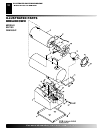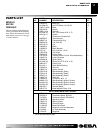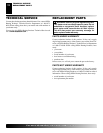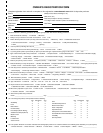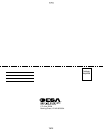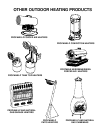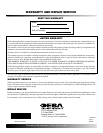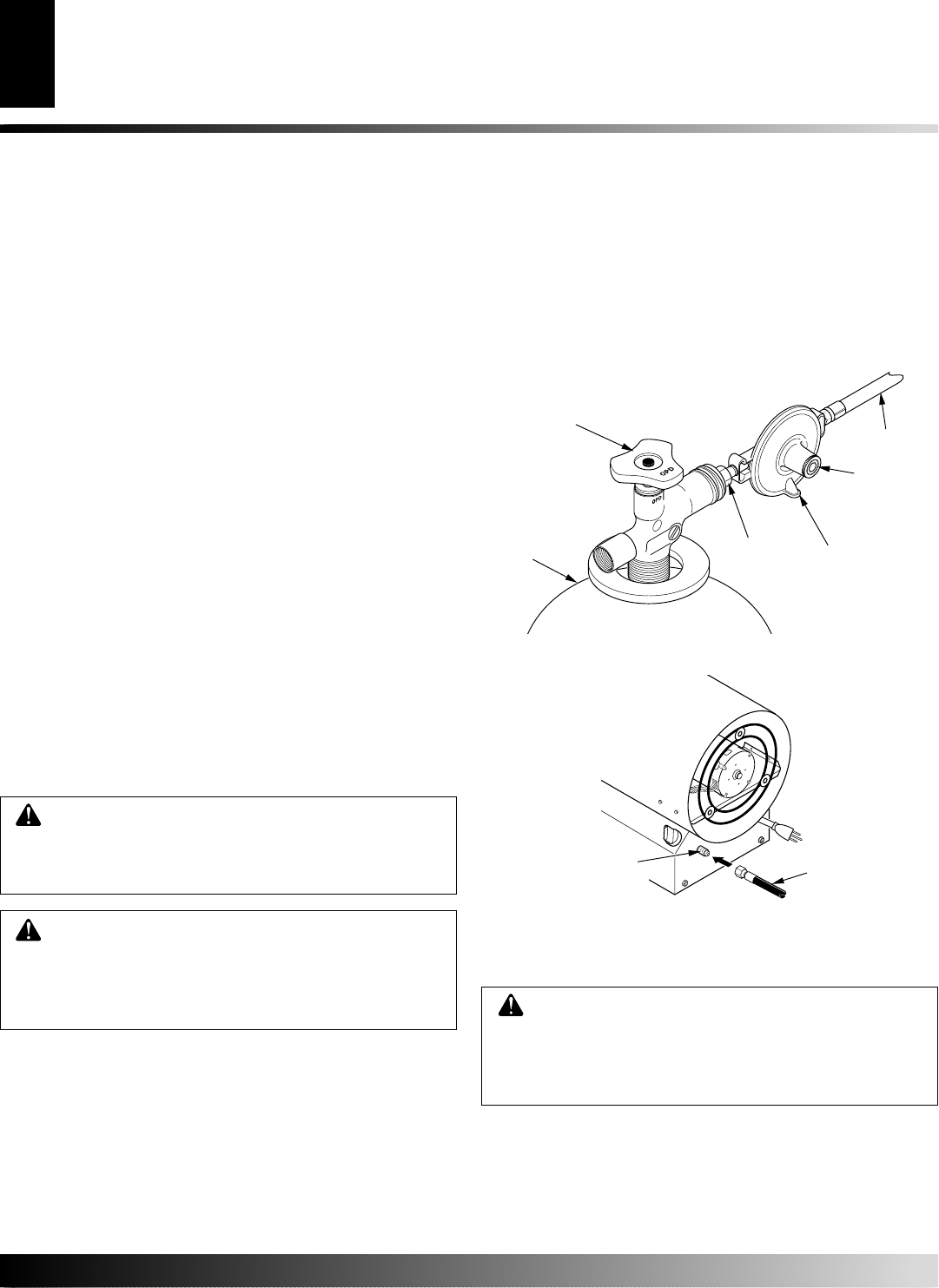
102370-01K
4
For more information, visit www.desatech.com
For more information, visit www.desatech.com
PROPANE SUPPLY
Propane gas and propane tank(s) are to be furnished by the user.
Use this heater only with a propane vapor withdrawal supply
system. See Chapter 5 of the Standard for Storage and Handling of
Liquefied Petroleum Gas, ANSI/NFPA 58 and the Propane Instal-
lation Code CAN/CGA B149.2. Your local library or fire depart-
ment will have this booklet.
The amount of propane gas ready for use from propane tanks varies.
Two factors decide this amount:
1. The amount of propane gas in tank(s)
2. The temperature of tank(s)
The chart below shows the number of 100 pound tanks needed to run
this heater.
Temperature(°F) Number of tanks,
at Tank 100,000 Btu/Hr
32° 2
20° 2
10° 3
0° 3
-10° (Use larger tank)
-20° (Use larger tank)
Less gas is vaporized at lower temperatures. You may need two or
more 100 pound tanks or one larger tank in colder weather. Your
local propane gas dealer will help you select the proper supply
system. The minimum surrounding air temperature rating for each
heater is -20°F (-29°C).
INSTALLATION
WARNING: Review and understand the warnings
in the
Safety Information
section, page 2. They are
needed to safely operate this heater. Follow all local
codes when using this heater.
1. Provide propane supply system (see Propane Supply above).
2. Connect fuel gas connector fitting on hose/regulator assembly
to propane tank(s). Turn counterclockwise into threads on tank
valve. Tighten firmly using wrench.
IMPORTANT:
Tighten
regulator with vent pointing down. Pointing vent down pro-
tects regulator from weather damage.
WARNING: Test all gas piping and connections
for leaks after installing or servicing. Never use an
open flame to check for a leak. Apply a mixture of
liquid soap and water to all joints. Bubbles forming
show a leak. Correct all leaks at once.
3. Connect hose to inlet connector. Tighten firmly using a wrench.
IMPORTANT:
Extra hose or piping may be used if needed. In-
stall extra hose or piping between hose/regulator assembly and
propane tank. You must use the regulator supplied with heater.
4. Open propane supply valve on propane tank(s) slowly.
Note:
If
not opened slowly, excess-flow check valve on propane tank
will stop gas flow. If this happens, close propane supply valve
and open again slowly.
5. Check all connections for leaks.
6. Close propane supply valve.
Figure 3 - Regulator With Vent Pointing Down
Hose
Regulator
Vent
(pointing
down)
Fuel Gas
Connector
Supply
Valve
Propane
Tank
Figure 4 - Hose and Inlet Connector
100,000 Btu/Hr
Model Shown
Hose
Inlet
Connector
WARNING: Follow the minimum fresh, outside air
ventilation requirements. If proper fresh, outside air
ventilation is not provided, carbon monoxide poison-
ing can occur. Provide proper fresh, outside air
ventilation before running heater.
Provide a fresh air opening of at least three square feet for each
100,000 Btu/Hr rating. Provide extra fresh air if more heaters are
being used.
VENTILATION
PROPANE SUPPLY
INSTALLATION
VENTILATION



